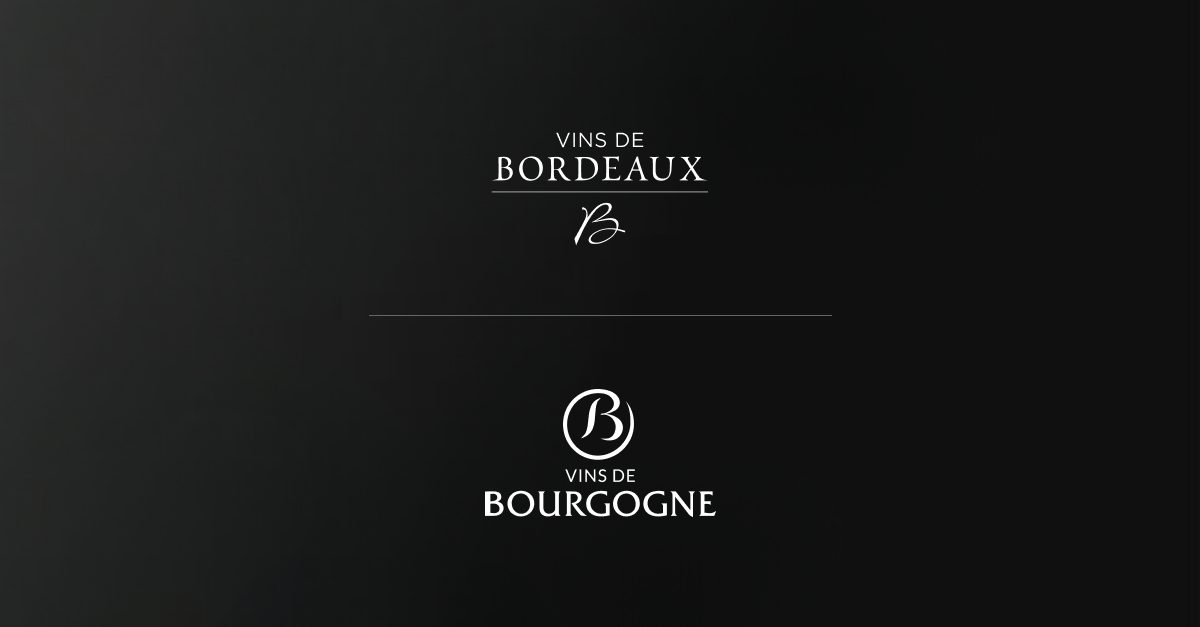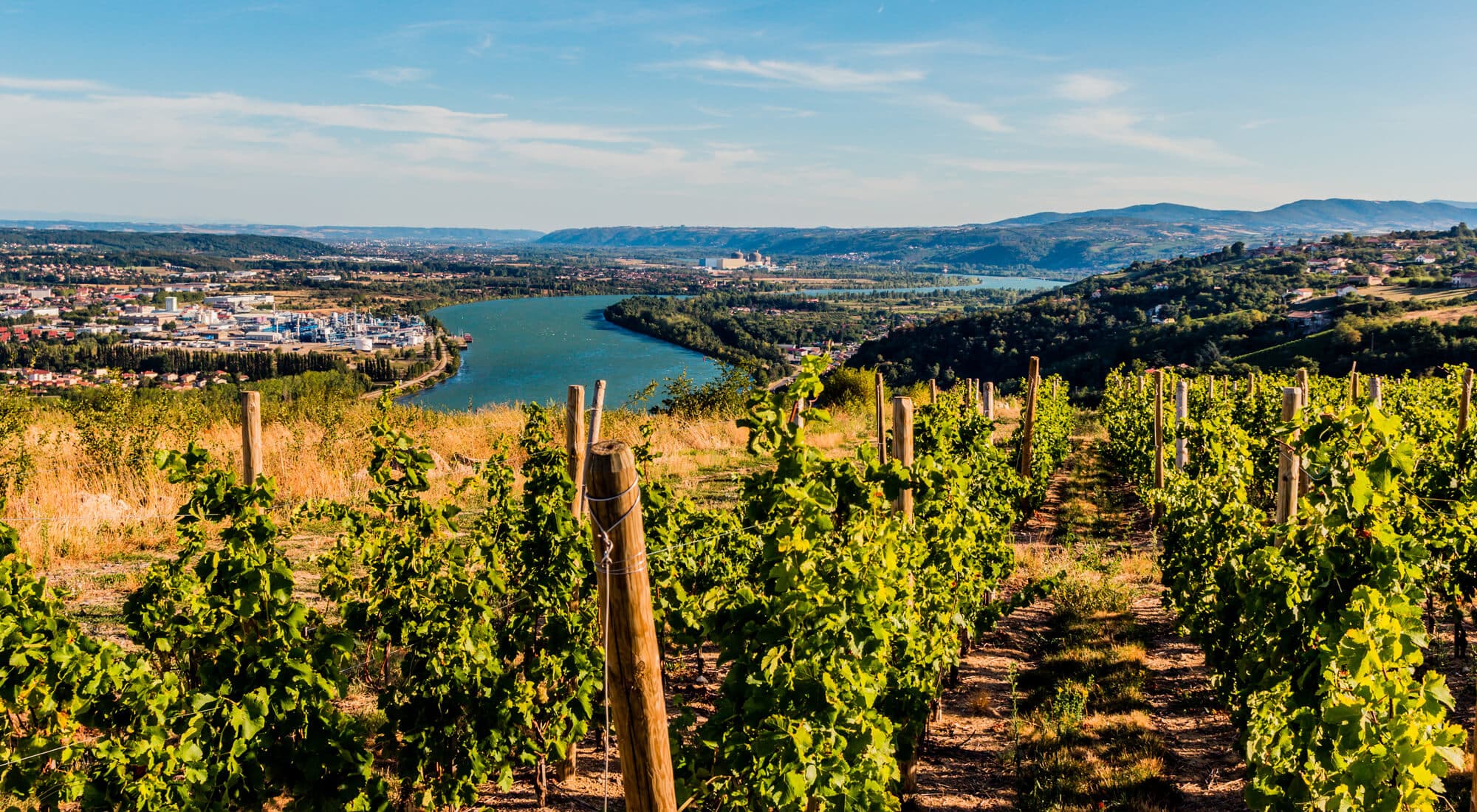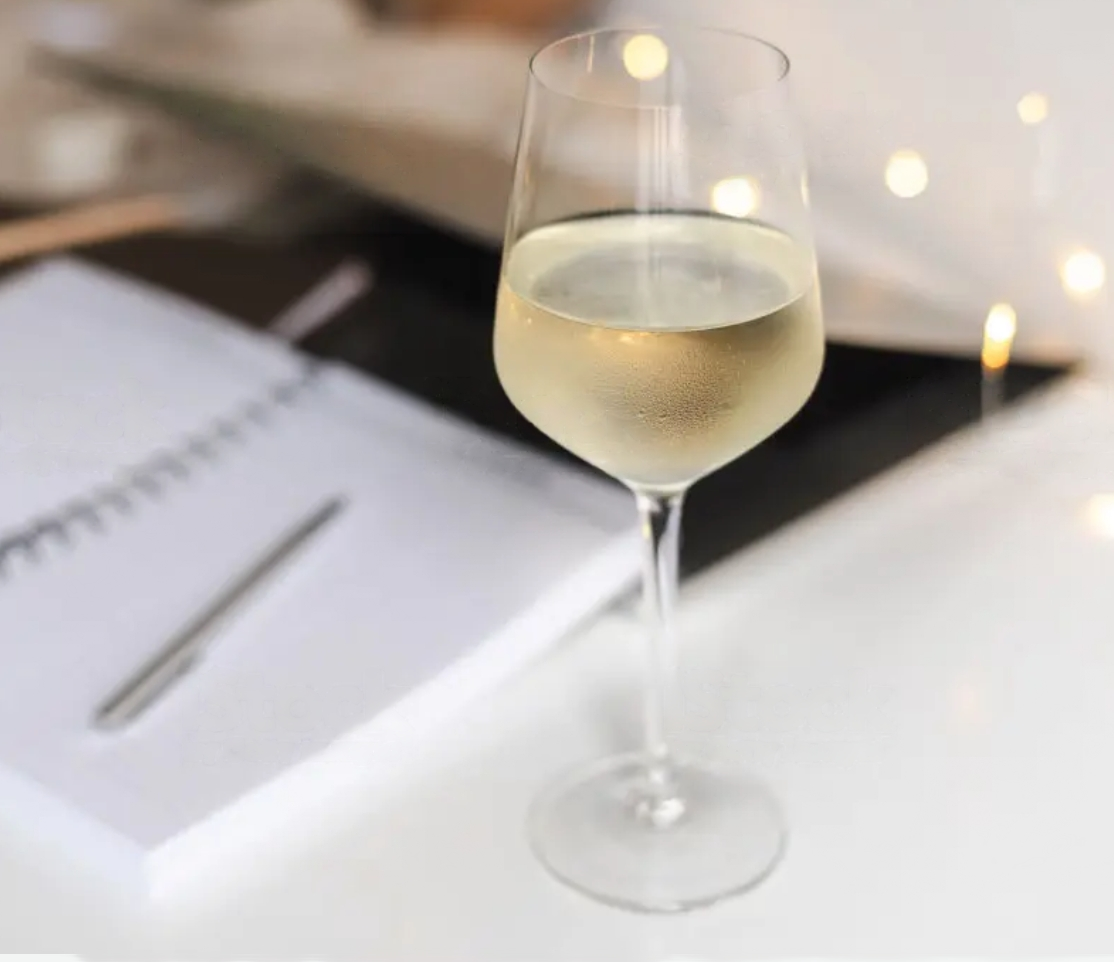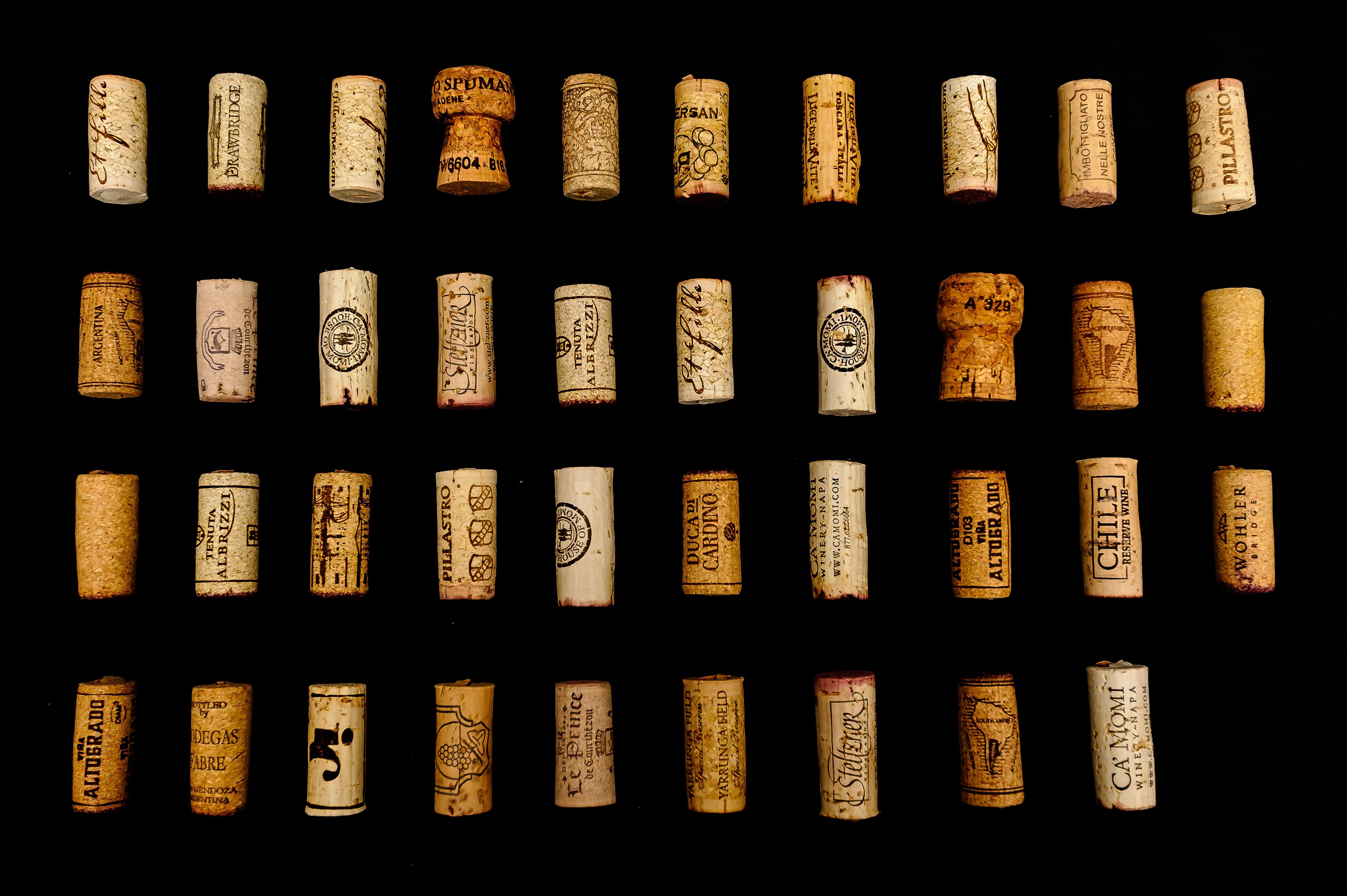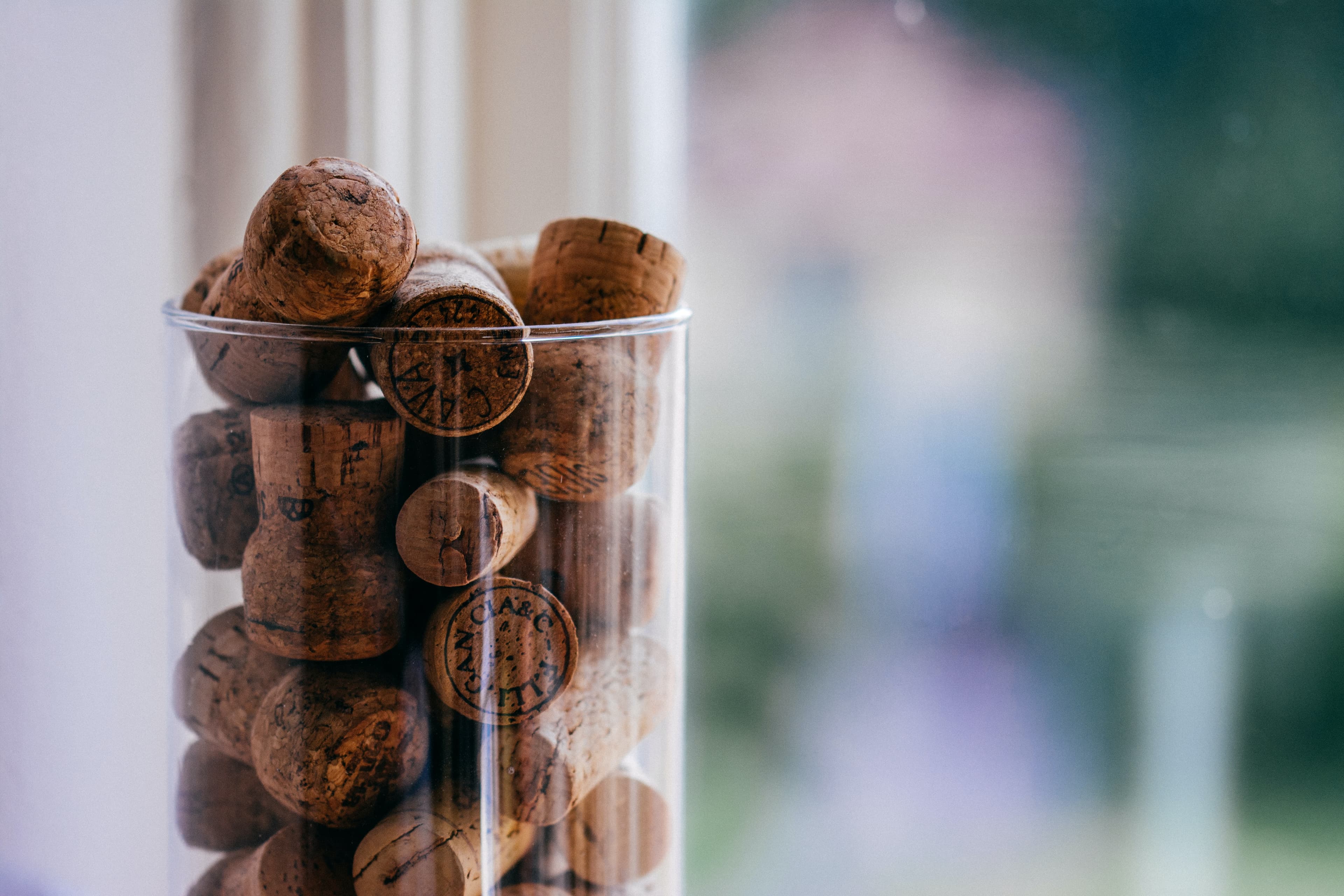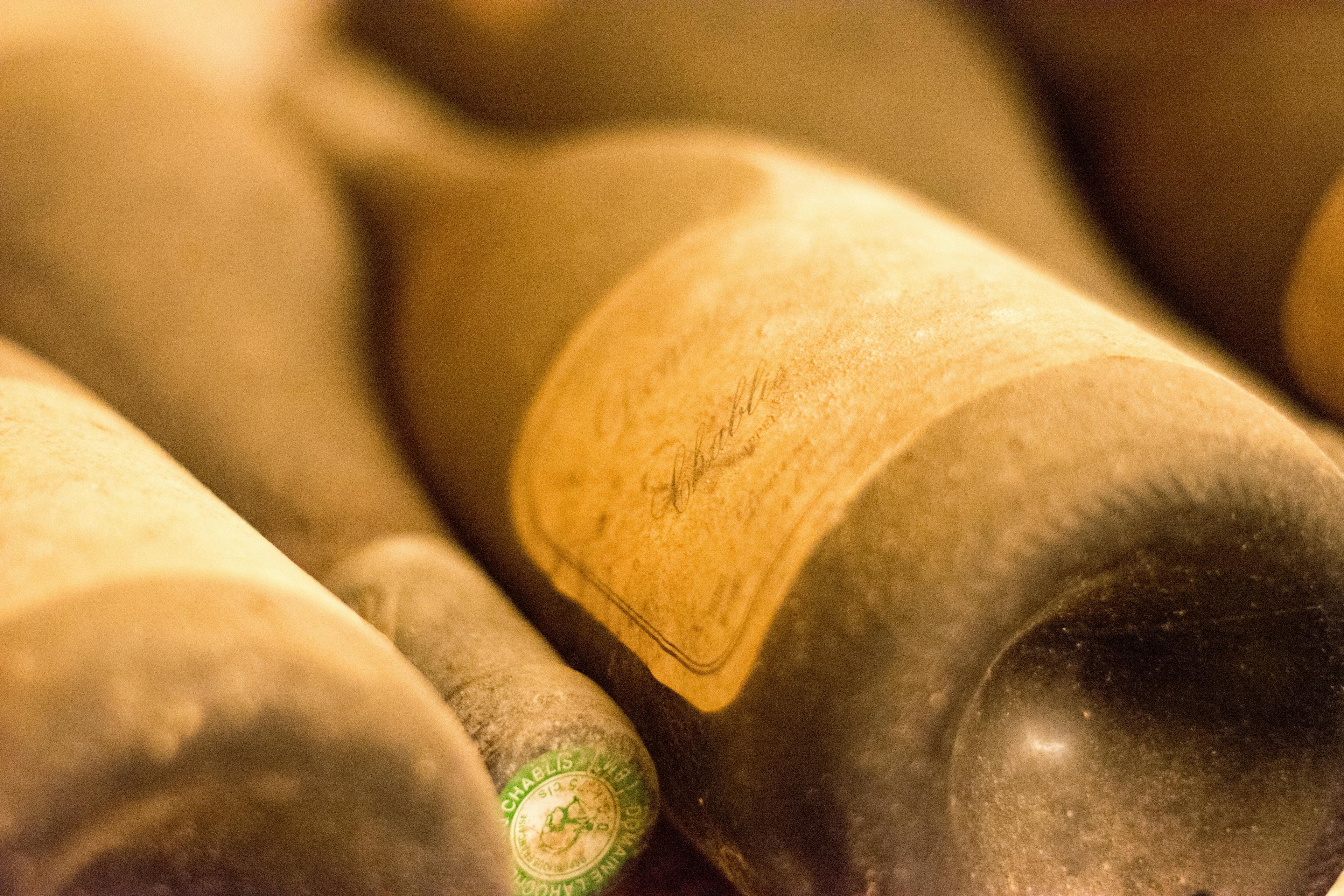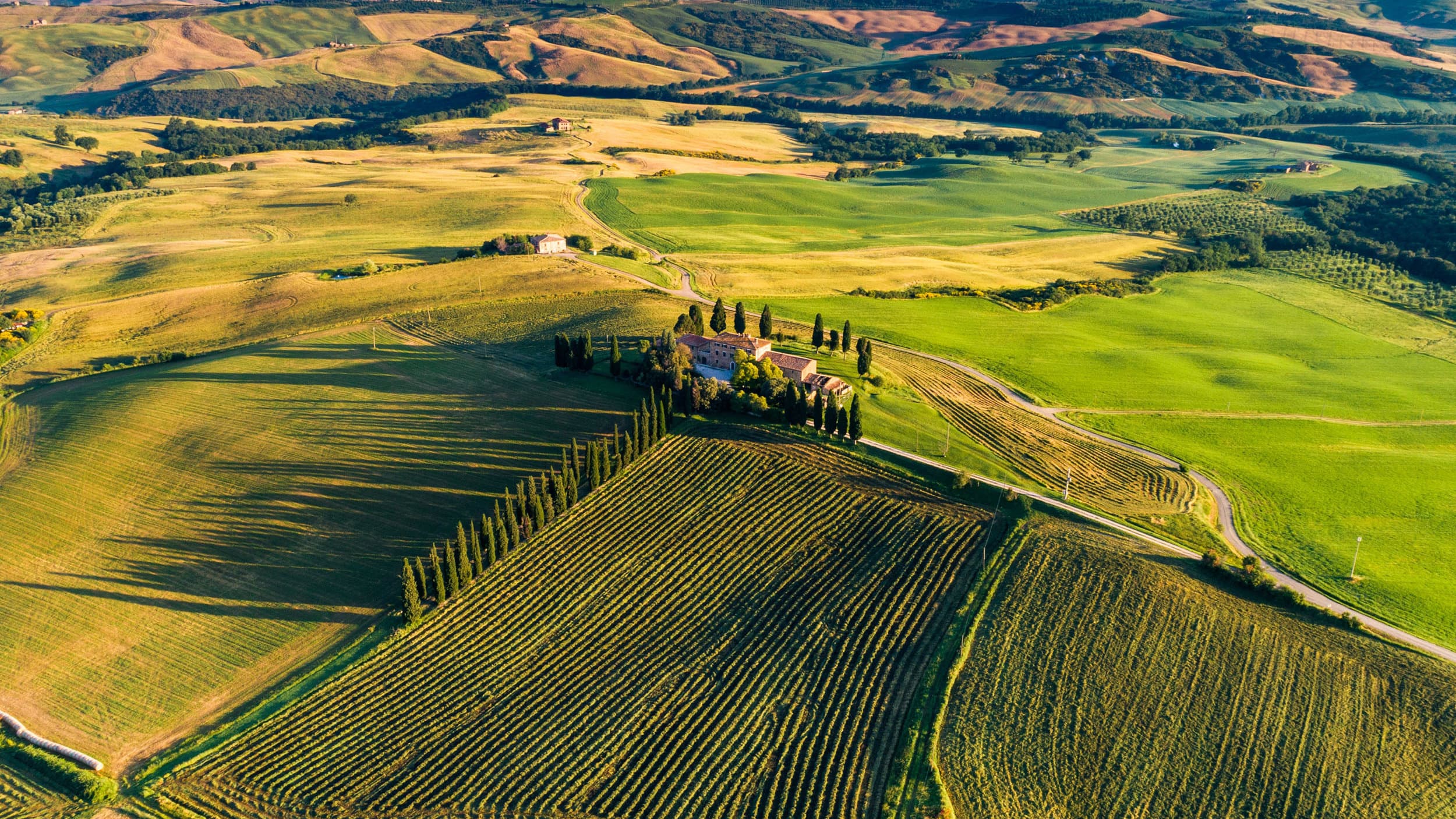
Speaking of top wines from Italy, especially wines from Tuscany, names like Sassicaia, Tignanello, Ornellaia, and Masseto hold their places in the club. In the universe of wine, they are often referred to as “super Tuscan” wines. However, on the label, those wines are not classified as DOCG or DOC, but more commonly as IGT or Vino di Tavola (table wine). So what exactly is “super Tuscan” wine?
Tignanello, the first super Tuscan wine in the world, was introduced in 1974 by the prestigious wine producer, the Antinori family. This creation of a blend of 80% Sangiovese, 15% Cabernet Sauvignon, and 5% Cabernet Franc, is aged in oak barrels for 12 months and is only produced in good vintages. Around that period of time, some Tuscan wineries were frustrated by the stringent Italian wine laws and wished to deviate from them in order to produce better wines. Meanwhile, Italy as a major wine-producing country needed to gain more international recognition by exporting wines to new markets. Seeing the reputation Bordeaux wines enjoyed, Italian winemakers began to incorporate non-native varieties such as Cabernet Sauvignon and Merlot into winemaking, and adopt French oak barrels to age the wines. Today, the super Tuscans can be blends or single-variety wines. The classic Italian variety Sangiovese, as well as international varieties such as Cabernet Sauvignon, Merlot, Syrah, and Cabernet Franc, are commonly used in Super Tuscan wines.
Traditionally in Tuscany, Sangiovese is the main grape, serving as the main role in the historic wine region Chianti and Montalcino. Other major legally sanctioned grapes like Canaiolo, Colorino, Trebbiano, Malsavia are widely used for the blend. The initiatives of the rebellious winemakers certainly did not comply with the regulations of DOCG or DOC. Therefore, the wines made with international varieties could only be labeled as Vino di Tavola. Fortunately, the new inventions conquered the palates of the Americans. Unwilling to tarnish these great new wines with table labels, American critics began referring to them as "Super Tuscans," and the name stayed as an unofficial but common term in the wine market. In 1992, the geographic indication (IGT) system was introduced in Italy, which yields more freedom in winemaking choices for Tuscan producers. Soon after that, in 1994, Bolgheri DOC was created, putting the coastal part of Tuscany on the map of the premium regions for Bordeaux blends made from international grapes.
Super Tuscans continue to command high prices in the market over the years, some are among the most expensive wines from Italy. In general, super Tuscans have remained relatively stable in terms of availability and price, with only minor fluctuations discernible. In today’s fine wine market, some super Tuscan icons, including Bibi Graetz, Galtrona from Petrolo, and Caiarossa, are now using "La Place de Bordeaux," a historic and traditional distribution network for Bordeaux Grand Cru Classe, as a global route to market. Due to the long aging potential, super Tuscan wines like Sassicaia, Tignanello, Masseto are expected to perform well in the fine wine market in the future.
Share this article
